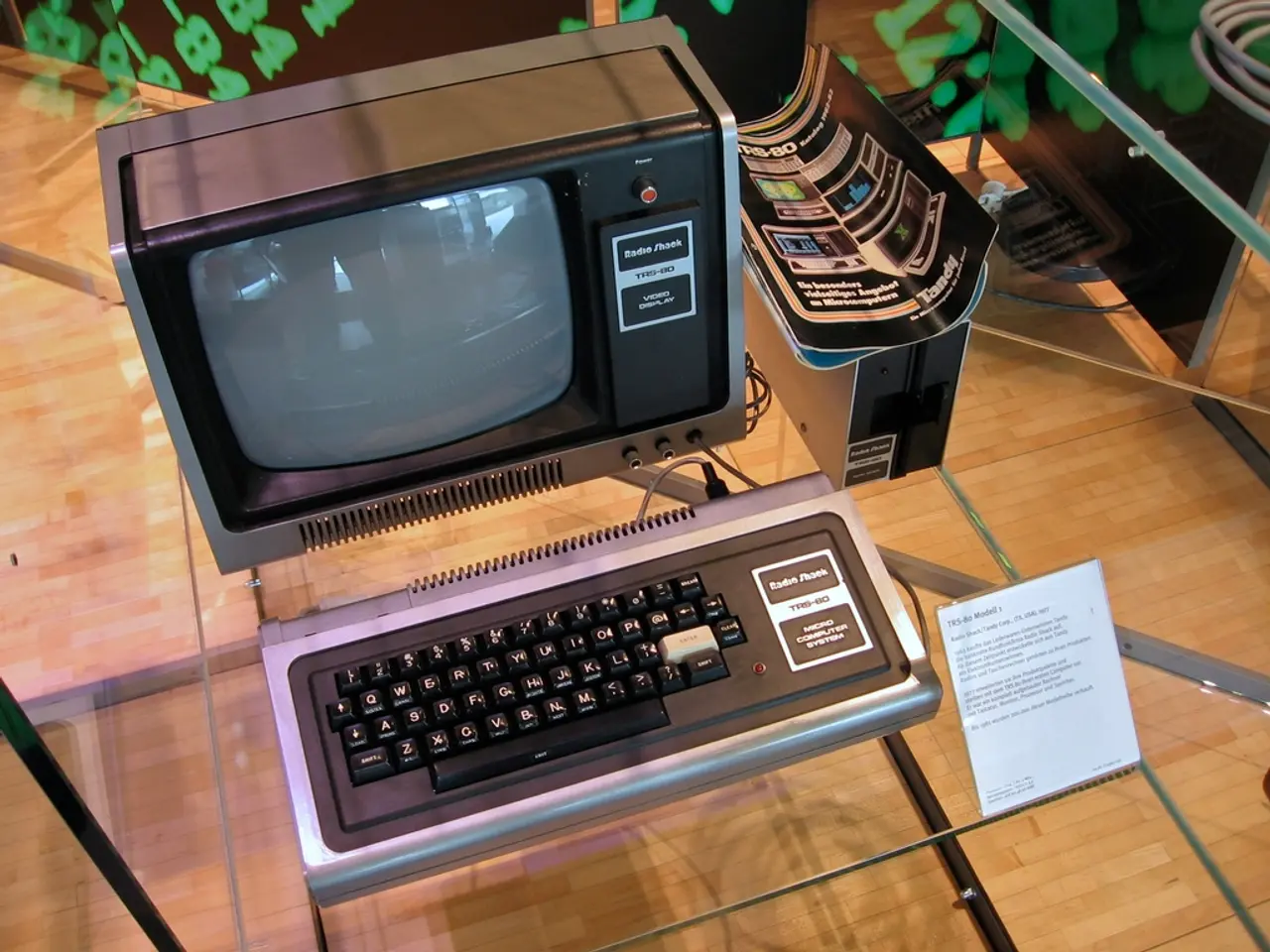Low inflation rates in the Philippines signal potential interest rate reductions ahead.
Philippines Interest Rates: July Slowdown and Future Prospects
The Philippine economy experienced a slowdown in inflation in July, with rice prices falling by 15.9% annually, contributing to the decline. This marks a significant shift from the aggressive interest rate hikes in 2022 that were implemented to counter inflation pressures.
The second quarter GDP data for the Philippines will be announced on August 7, before the central bank reviews the direction of interest rates on August 28. The average rate for the seven-month period stands at 1.7%, which is below the central bank's target of 2.0% to 4.0% for the year.
Despite the lower-than-expected inflation rate, the central bank has stated that a more accommodative monetary policy stance remains warranted. This suggests that the potential for interest rate cuts in the near future remains on the table.
The downward trend in rice inflation is expected to persist in the next few months, further easing inflationary pressures. This, coupled with the slowing global growth and benign inflation, could lead to a shift towards monetary easing in the coming months.
In 2022, the Philippine central bank raised the Target Reverse Repurchase Rate sharply from 2.00% at the end of 2021 to 5.50% at the end of 2022. However, entering 2023 and 2024, the Bangko Sentral ng Pilipinas (BSP) began an easing cycle with rate cuts starting in mid-2024 and continuing into 2025.
The consumer price index in the Philippines rose by 0.9% year-on-year in July, marking a decrease from June's 1.4%. Core inflation, which excludes volatile food and energy prices, slightly quickened to 2.3% in July from 2.2% the prior month. This is the lowest rate since October 2019.
The current key interest rate stands at a two-and-a-half-year low of 5.25%. The central bank governor, Eli Remolona, has expressed optimism that the GDP figure for the second quarter would be better than the previous quarter's 5.4% expansion. Remolona also mentioned that the bank is on track to lower its key interest rate two more times this year.
However, emerging risks to inflation from rising geopolitical tensions and external policy uncertainty require closer monitoring. The Philippines has lowered its growth forecast for 2025 to 5.5%-6.5% from an earlier forecast of 6%-8%.
In conclusion, while no interest rate cuts occurred in 2022, the potential and actual cuts emerged starting mid-2024 and continued into 2025 as inflation cooled and economic growth concerns rose. The timing of the rate cuts will depend on the outlook for growth and inflation. The current key interest rate stands at a two-and-a-half-year low of 5.25%, suggesting that further rate cuts may be on the horizon.
The slowdown in inflation and the lower-than-expected GDP growth rate in the Philippines are factors that could influence a shift towards a more accommodative monetary policy, potentially leading to business opportunities in the finance sector.
As the central bank of the Philippines has expressed optimism about the second quarter GDP figure and has plans to lower its key interest rate two more times this year, businesses in the finance industry may find advantageous conditions for investments and loans.




